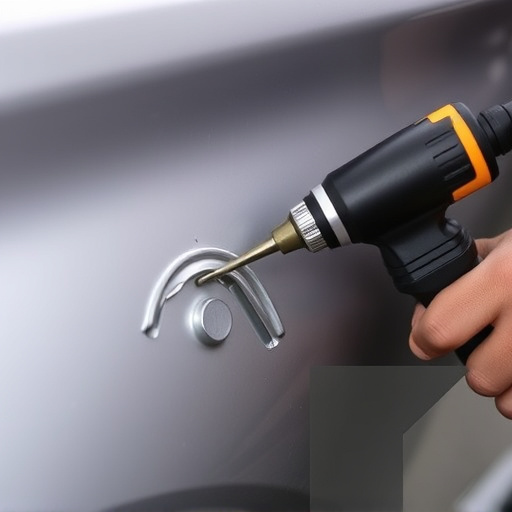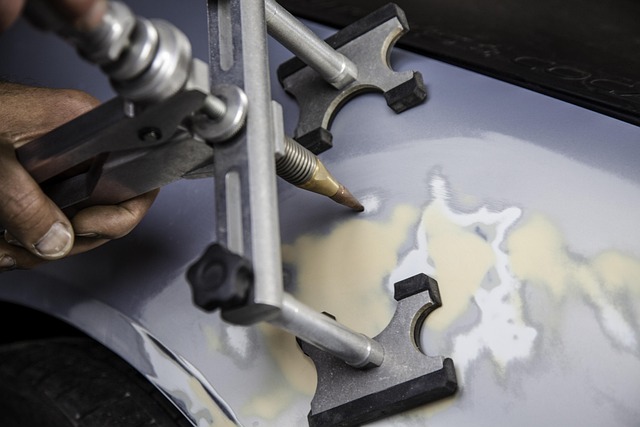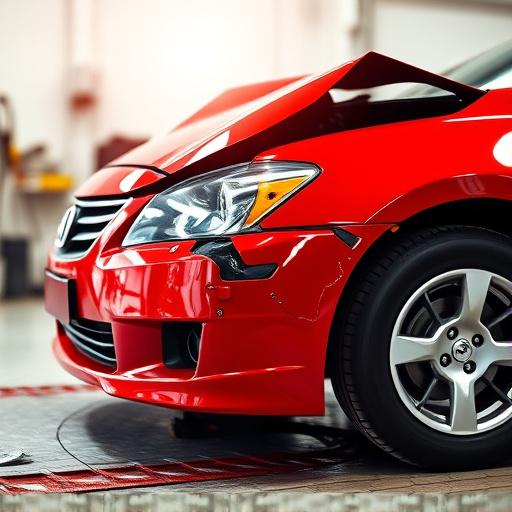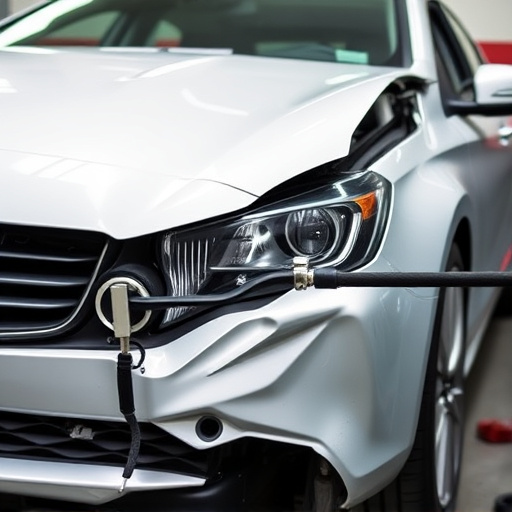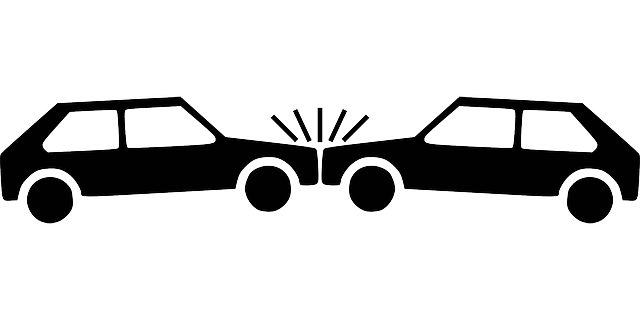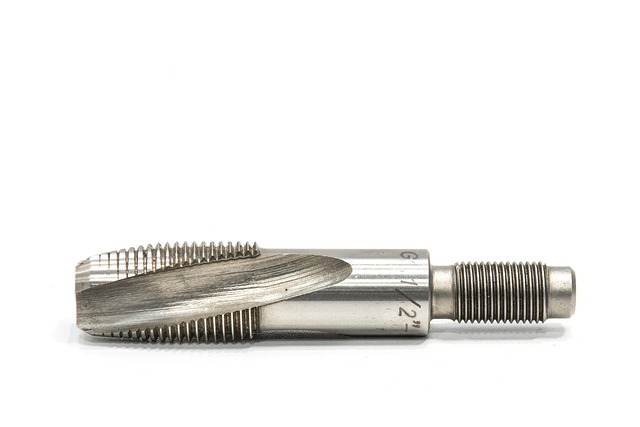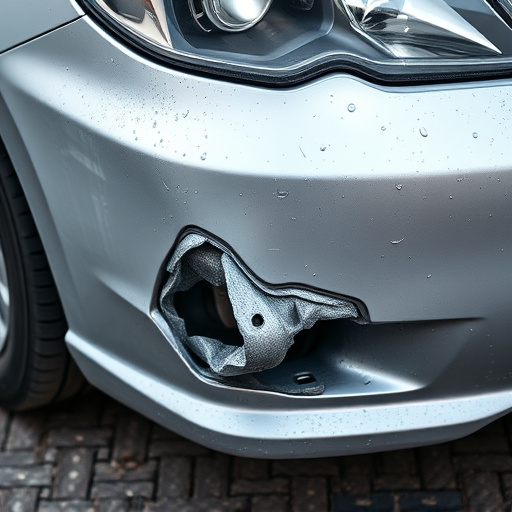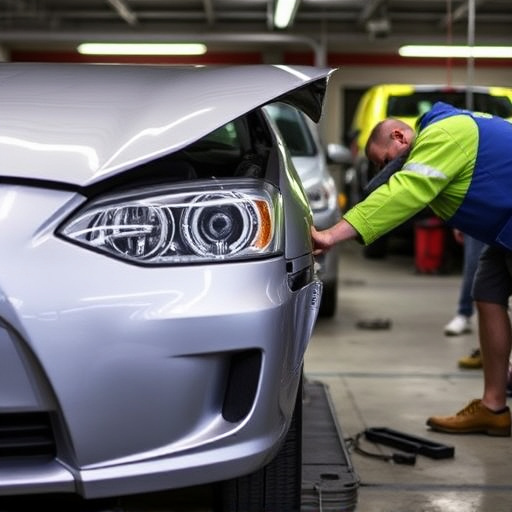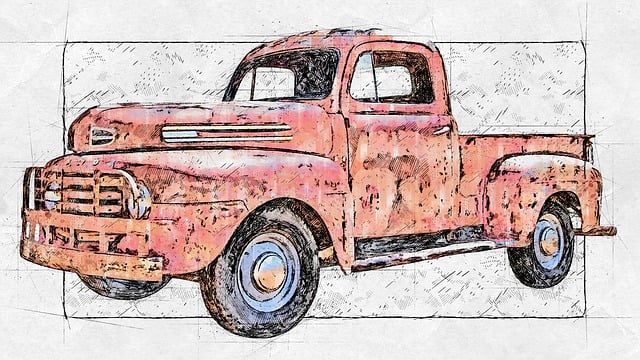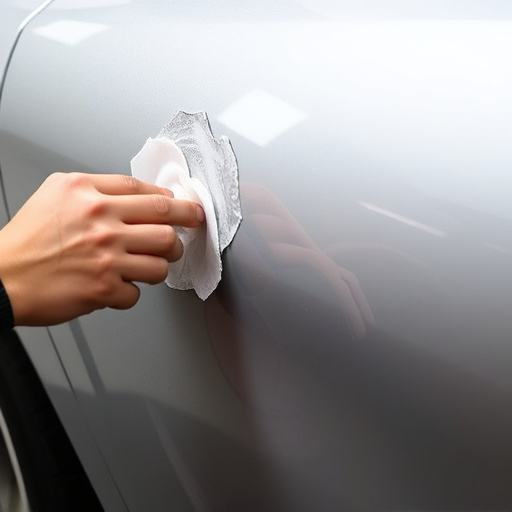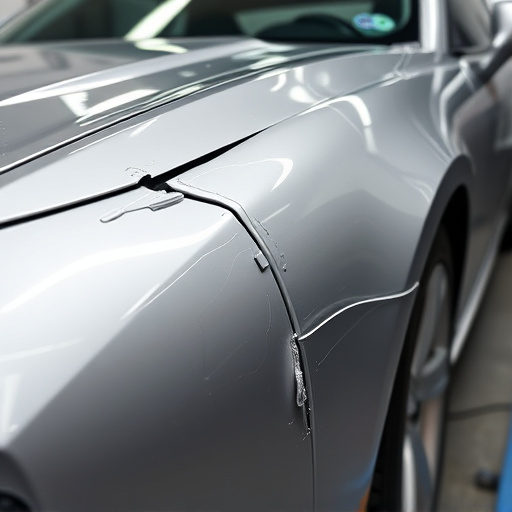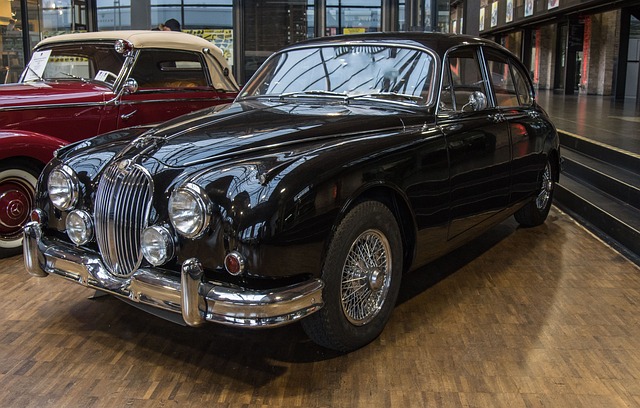Frame rail replacement is a crucial automotive maintenance process, ensuring structural integrity by aligning wheels, suspension systems, and enhancing stability. Using laser measurement systems, CAD software, 3D scanning, and robotic welding, modern technology streamlines this procedure for precise fits, minimal errors, and enhanced structural integrity. This advanced approach not only accelerates repairs but also restores vehicles to their pre-accident condition, combining cutting-edge technology with meticulous craftsmanship.
In the automotive industry, accurate frame rail replacement is paramount for vehicle safety and structural integrity. This process involves careful manipulation of the frame’s critical components. Technology has revolutionized this procedure, enabling mechanics to achieve unprecedented precision. From advanced laser measurements to computer-aided design software, these innovations streamline the installation process, ensuring exact alignment and fit. By embracing these technological advancements, automotive professionals can enhance efficiency, reduce errors, and guarantee superior structural performance during frame rail replacement.
- Understanding Frame Rail Replacement: The Basics
- Technology's Role in Improving Accuracy
- Tools and Techniques for Seamless Installation
Understanding Frame Rail Replacement: The Basics

Frame rail replacement is a critical process in automotive maintenance and restoration, ensuring the structural integrity of a vehicle. It involves the careful removal and reconstruction of the frame rails, which are the backbone of a car’s chassis. These rails bear the weight of the entire vehicle and connect various essential components, making their accuracy and alignment paramount for safe and efficient driving.
The basic procedure begins with assessing the current state of the frame rails, often revealing damage or deformities that require correction. Auto repair services use specialized tools to measure and adjust these rails back to their original specifications. This meticulous process is crucial for aligning wheels, suspension systems, and ensuring overall vehicle stability during both routine driving and heavy-duty tasks. For car owners engaging in restoration projects, frame rail replacement can transform a damaged or neglected vehicle into a safe, reliable ride, enhancing its value as a classic car or vintage model. Moreover, it plays a vital role in addressing minor issues before they become major problems, contributing to the longevity of the vehicle and peace of mind for the driver.
Technology's Role in Improving Accuracy

Technology plays a pivotal role in enhancing the accuracy of frame rail replacement, an essential process in auto dent repair and car bodywork restoration. Modern tools and software have revolutionized the way car body shops approach this critical task. For instance, laser measurement systems provide precise 3D scanning capabilities, allowing technicians to capture exact dimensions and detect even minimal imperfections in the frame rail. This level of detail ensures that replacements are a perfect fit, eliminating the need for time-consuming adjustments.
Additionally, computer-aided design (CAD) software enables professionals to create detailed digital models of the car’s structure, including the frame rails. These virtual blueprints facilitate precise cutting and shaping of replacement parts, ensuring they align flawlessly with the existing car body. Such technological advancements not only streamline the frame rail replacement process but also lead to more reliable and long-lasting repairs in auto dent repair shops and car body shops alike.
Tools and Techniques for Seamless Installation
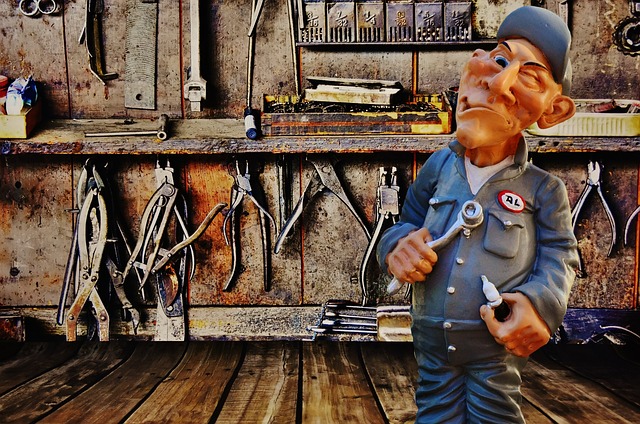
In the realm of automotive restoration, achieving precision during frame rail replacement is paramount for a successful fender repair or car dent repair. Modern technology offers an array of tools and techniques to streamline this process. Laser measurements and 3D scanning, for instance, provide exact dimensions and ensure every component fits seamlessly. Computer-aided design (CAD) software allows technicians to plan the replacement with microscopic detail, minimizing errors often associated with traditional methods.
Additionally, robotic welding systems enhance accuracy by delivering consistent, precise joins, reducing the risk of misalignments that could compromise structural integrity. These advancements not only speed up the frame rail replacement process but also guarantee a higher standard of quality in auto dent repair. This blend of cutting-edge technology and meticulous craftsmanship ensures vehicles return to their pre-accident condition, showcasing a true testament to technological enhancements in automotive restoration.
Frame rail replacement is a critical process, and technology plays a pivotal role in enhancing accuracy. By leveraging advanced tools and techniques, professionals can achieve seamless installations, ensuring structural integrity and improved vehicle performance. This article has highlighted the basics of frame rail replacement and how technology, such as precision measurement devices and robotic systems, revolutionizes this process, making it more efficient and reliable than ever before.
